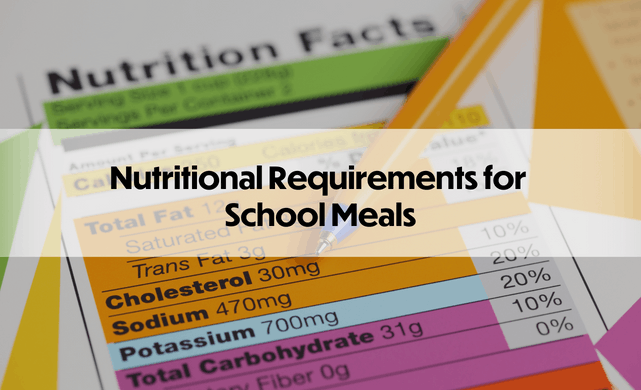School meals play a vital role in providing students with the energy and nutrients they need to fuel their growth and learning. The nutritional requirements for school meals vary depending on the age of the students, their activity level, and the dietary guidelines of the country. However, there are some basic principles that apply to most school meal programs.
Protein is essential for growth and repair, and it also helps to keep students feeling full and focused. Good sources of protein include lean meat, fish, beans, lentils, and tofu. School meals should aim to include a source of protein with every meal.
Fruits and vegetables are a rich source of vitamins, minerals, and fiber. They also help to keep students hydrated and feeling full. School meals should include a variety of fruits and vegetables, including dark leafy greens, bright orange and red vegetables, and fresh berries.
Whole grains provide energy and essential nutrients, including fiber, vitamins, and minerals. Good sources of whole grains include brown rice, whole wheat bread, and quinoa. School meals should aim to include whole grains with every meal.
Dairy products are an excellent source of calcium, which is essential for building strong bones and teeth. Good sources of dairy include milk, yogurt, and cheese. School meals should aim to include a source of dairy with every meal.
Providing nutritious school meals is essential for supporting the health and well-being of students. By following these basic principles, schools can help students to develop healthy eating habits that will last a lifetime.


















